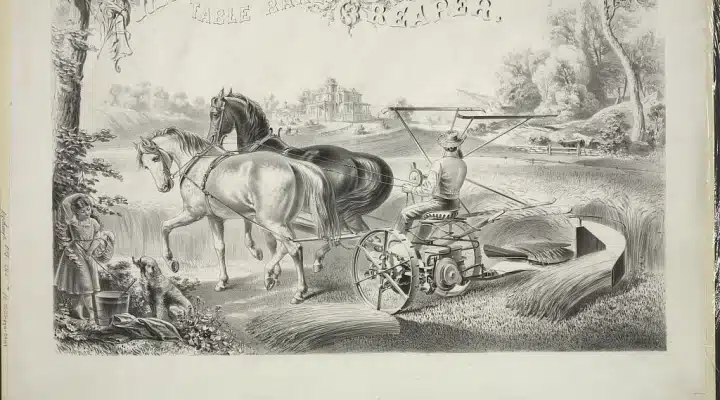Innovative Agricultural Reaper Machines for Efficient Crop Harvesting
The Evolution and Impact of the Agriculture Reaper Machine
The agricultural sector has undergone numerous transformations over the centuries, driven by the need for efficiency and the increasing demand for food production
. One of the pivotal innovations that revolutionized farming practices is the agriculture reaper machine. Developed in the early 19th century, the reaper not only mechanized the process of harvesting crops but also significantly influenced the trajectory of agriculture and rural economies.Before the advent of the reaper, harvesting was a labor-intensive process. Farmers relied heavily on hand-held tools like sickles and scythes, which required considerable physical effort and time. This traditional method limited the amount of land that could be cultivated and restricted production capabilities. The introduction of the reaper marked a turning point as it allowed farmers to dramatically increase their efficiency.
The first practical reaper was invented by Cyrus McCormick in 1831. McCormick's design, which featured a cutting blade, a reel to gather the crops, and a platform to drop them onto the ground, transformed the way grain was harvested. It was a groundbreaking invention that could cut down a field of wheat in a fraction of the time required by manual laborers. This innovation not only reduced the labor needed for harvesting but also lowered the cost of production, ultimately making grain more accessible to a broader market.
As the use of the reaper spread, it had significant implications for agricultural productivity. Farmers could now cultivate larger areas of land and produce higher yields. The increased efficiency of the reaper led to a surplus of crops, which helped stabilize food prices and reduce the risk of famine in growing populations. The surplus also encouraged the growth of urban areas, as fewer individuals were needed to work the land, and more could migrate to cities for jobs in industry and services.
agriculture reaper machine

Moreover, the reaper machine spurred technological innovations in agriculture. The need for improved machinery led to advancements in engineering and manufacturing, eventually leading to the development of more sophisticated farming equipment. The combine harvester, which combines the functions of reaping, threshing, and winnowing, is a direct descendant of the early reaper machines. This further mechanization has allowed modern farms to operate on a larger scale, employing fewer workers but producing significantly more food.
Despite its numerous benefits, the introduction of the reaper also presented challenges. As farm mechanization progressed, many farm laborers found themselves displaced. The shift from manual labor to machine-operated farming demanded a different set of skills, and those who could not adapt often struggled to find work. This displacement contributed to a demographic shift, as rural populations decreased and cities grew.
In contemporary times, the impact of the reaper is still felt across the globe. While the technology has advanced beyond recognition—with the advent of GPS-guided machinery and data analytics—its core purpose remains the same to enhance productivity and efficiency in agriculture. Today, agriculture reaper machines are equipped with sensors and computational technology, allowing for precision farming that maximizes yield while minimizing waste. Sustainable practices have emerged as a result of technology’s influence, ensuring that the foundations laid by early innovations like the reaper continue to evolve in a responsible manner.
In conclusion, the agriculture reaper machine has played a crucial role in shaping modern farming. From its invention by Cyrus McCormick to the present day, this revolutionary equipment has transformed agricultural practices, improved productivity, and altered the socioeconomic landscape of many regions. While it has provided immense benefits, it has also brought challenges that necessitate ongoing adaptation and innovative solutions. As we look to the future of food production, the legacy of the reaper serves as a reminder of how technological advancements can drive progress, ultimately feeding a growing world population and paving the way for sustainable farming practices.
Latest news
-
When to Upgrade Your Old Forage HarvesterNewsJun.05,2025
-
One Forage Harvester for All Your NeedsNewsJun.05,2025
-
Mastering the Grass Reaper MachineNewsJun.05,2025
-
How Small Farms Make Full Use of Wheat ReaperNewsJun.05,2025
-
Harvesting Wheat the Easy Way: Use a Mini Tractor ReaperNewsJun.05,2025
-
Growing Demand for the Mini Tractor Reaper in AsiaNewsJun.05,2025







